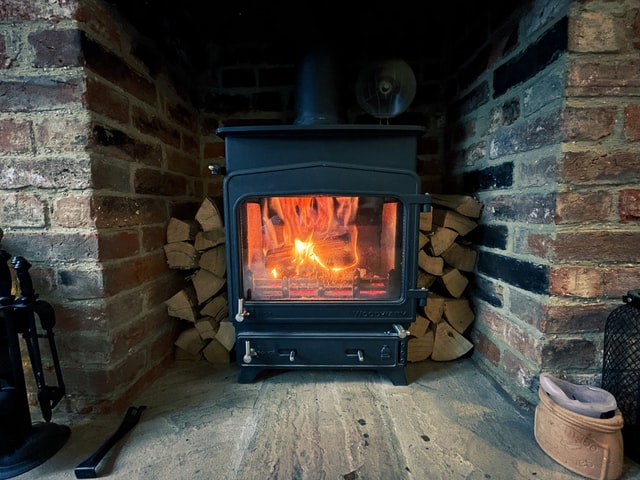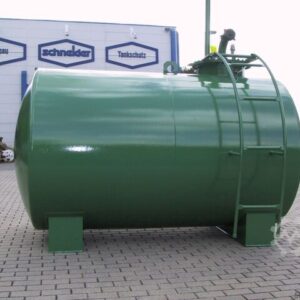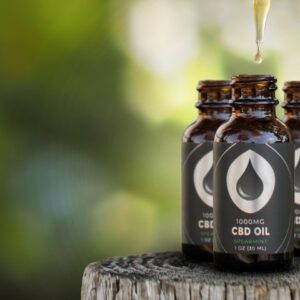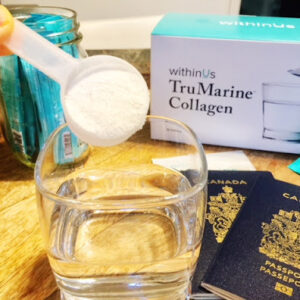What do the terms: Main air, Second air/airwash, Cleanburn and also Tertiary air all mean when it come to woodburning as well as multifuel stoves?
Several years ago in the mid 19th century, long before the days of worldwide warming discussions, ranges were being widely created in Europe as cast-iron boxes with many chambers, made with a firebox in all-time low chamber. Air went into the stove in most cases at the base of the fire bed to ignite and melt the fuel. This was referred to as main air
Main air is still made use of today in multifuel ovens as a manageable inlet at the base of the range door. It is the main or major combustion air inlet into the stove chamber under the gas bed.The air guarantees good ignition of fossil and also non-nonrenewable fuel sources and also if not regulated by the inlet control will cause the multifuel cooktop to shed fiercely. Multifuel ranges approximately much more current years had only strong cast-iron doors, as pyroceramic glass was not available. All ranges with glass had those little strips, which I make certain many can remember, or mica, which yellowed gradually.
As our woodburning and also multifuel stoves progressed, with panes of pyroceramic glass as well as better gas combustion a need to minimize emissions, secondary air was established.
Second air
Secondary air is an additional enhancement of air with an inlet or inlets over the range door. The secondary air exit vent is close to the tilted baffle plate at the top of the fire chamber, as well as angles downwards appearing as a narrow vent above the range door and glass This introduces a stream of cozy air just as the unburnt gases rise to pass the baffle plate, and also enter the gas leave chamber. The cozy air ignites them, thereby offering an additional melt with more heat and also less exhausts. The second cozy air from the vent flows down behind the glass to the top of the fire bed, also assisting in secondary combustion and providing a warm air movie over the glass. This prevents the smoke from smudging the glass.

As the temperature in the fire chamber rises as well as the second air streaming downwards behind the glass gets hotter you can see the hot air noticeably clean the glass. This action is called airwash. Woodburning ovens function best after first ignition by just using this top controlled inlet, as they melt in different ways than ovens that melt nonrenewable fuel sources. The second air inlet should additionally be made use of to regulate multifuel cooktops, once the fire is well established, with the opening of the main air inlet again when much more nonrenewable fuel source is added or if the fuel is not combusting well.
Cleanburn or preheated second air.
Cleanburn is really preheated second air. The additional air as opposed to going into the woodburning or multifuel oven at an inlet or inlets over the door is really often brought up ducts from the lower rear of the cooktop. The air is partly fed right into the reduced part of the fire chamber and also rest of the hot air, is ducted over the range door to a similar departure vent as explained over, near the side of the baffle plate. It again streams down over the door so offer a warm airwash and also into the fire chamber as warm additional air.
The next time you have a great take a look at a stove you will certainly see the same channel just within, above the door on both second air as well as cleanburn stoves. The distinction being the tidy shed cooktop will normally have its secondary inlet control at the base of the range. This preheated second air fires up some unburnt gases in the reduced and also top parts of the fire chamber, which burn at higher temperature levels than the direct additional air can accomplish. The glass typically remains super clean with preheated second air systems.
Come and visit their page to learn more about induction stove Philippines.





